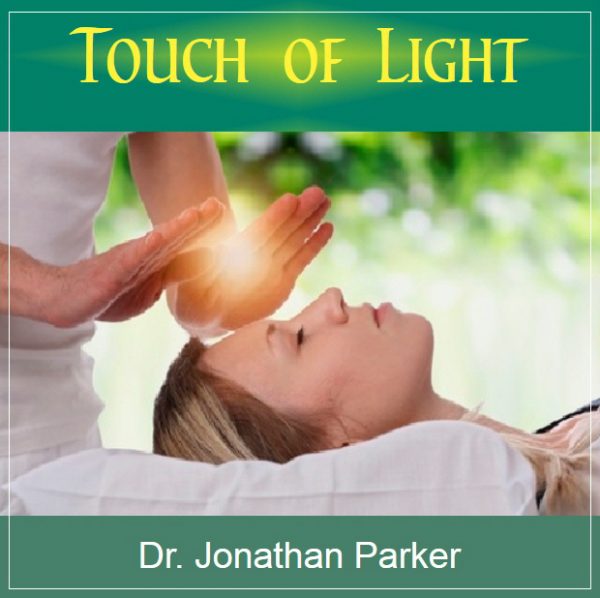Reclaiming Energy: The Art and Science of Daytime Napping

Hey there, amazing readers! 🖐️ Just a quick note: yes, we know there are a lot of ads here. Trust us, we get it—it’s not the prettiest look, but they help us keep this blog alive and kicking. Those pesky little ads cover the costs of all the behind-the-scenes magic, from hosting and tech stuff to creating content we hope you’ll love.
We’re committed to delivering quality posts, and your support (even just sticking around despite the ads) means everything to us. So, bear with us, and thanks for helping us keep the good vibes rolling. Now, on to the fun stuff! 😉
TRANSLATE BUTTON AT THE END OF THE ARTICLE
Overview
Are you someone who feels guilty about taking a nap during the day?
Do you think that afternoon naps are a sign of laziness?
If so, you might be surprised to learn about the numerous benefits of incorporating a short nap into your daily routine.
This article will explore the science behind afternoon naps, debunk the myth of laziness, and provide strategies for maximizing the benefits of your daytime snooze.
The Benefits of Taking a Nap During the Day
Taking a nap during the day offers several benefits for both our physical and mental well-being.
One of the primary advantages is improved alertness and cognitive function.
Studies have shown that a short nap of around 20-30 minutes can significantly enhance memory, attention, and creativity.
It allows our brain to rest and recharge, resulting in increased productivity and better problem-solving abilities.
Additionally, afternoon naps can have a positive impact on our mood.
When we are sleep-deprived, our emotions tend to be more negative and volatile.
A quick nap can help regulate our emotions, reduce stress, and improve overall mood.
It gives us a chance to reset and approach the rest of the day with a refreshed mindset.
Understanding the Science Behind Afternoon Naps
The science behind afternoon naps lies in our natural circadian rhythm, which is our body’s internal clock.
Our circadian rhythm regulates our sleep-wake cycle, and it is perfectly normal to experience a dip in alertness and energy levels during the afternoon hours.
This natural dip, often referred to as the “post-lunch dip,” makes us feel drowsy and can affect our ability to concentrate.
Taking a nap during this time aligns with our body’s natural tendencies and can help us overcome the midday slump.
It’s essential to note that the length of the nap plays a crucial role in reaping the benefits.
Longer naps, such as those lasting 90 minutes or more, can result in sleep inertia, causing grogginess upon waking.
On the other hand, shorter naps of 20-30 minutes allow us to enter a light stage of sleep, preventing sleep inertia and ensuring we wake up feeling refreshed.
Debunking the Myth of Laziness: Napping Explained
Contrary to the belief that afternoon naps are a sign of laziness, they are actually an effective way to boost productivity.
Napping provides an opportunity to recharge, allowing us to perform at our best for the remainder of the day.
In fact, numerous successful individuals and companies have embraced the power of napping.
Tech giants like Google, NASA, and Uber provide nap pods or designated nap rooms for their employees, recognizing the positive impact on motivation and cognitive abilities.
It’s important to remember that napping should not replace a good night’s sleep but rather complement it.
Short naps can provide an energy boost and improve performance, especially when sleep deprivation or a demanding schedule is involved.
By debunking the myth of laziness, we can embrace the benefits of napping without feeling guilty.
How Afternoon Naps Can Boost Productivity and Alertness
Daytime napping has been shown to enhance productivity and alertness in various settings, from the workplace to educational institutions.
Research indicates that a brief nap can lead to improved cognitive function, resulting in better memory retention, increased learning abilities, and faster reaction times.
This can be particularly beneficial for students preparing for exams or professionals needing to retain large amounts of information.
Napping can also be an effective strategy for combating fatigue.
When we feel exhausted, our productivity and quality of work tend to decline.
By taking a short nap, we can rejuvenate our energy levels and restore our ability to focus and perform tasks efficiently.
This can lead to higher productivity throughout the day, reducing the need for prolonged breaks or decreased performance due to tiredness.
Strategies for Incorporating Naps into Your Daily Routine
If you want to incorporate napping into your daily routine, it’s essential to establish a structured approach to ensure you reap the maximum benefits.
Here are a few strategies to consider:
Find a quiet and comfortable environment: Choose a space with minimal noise and distractions where you can relax and fall asleep easily.
Set an alarm: To avoid oversleeping and potential sleep inertia, set an alarm for 20-30 minutes to wake you up gently from your nap.
Time your nap strategically: Aim to take your nap around the mid-afternoon slump, typically between 1 pm and 3 pm.
This aligns with your body’s natural circadian rhythm and maximizes the benefits.
Practice relaxation techniques: Before napping, try deep breathing exercises, progressive muscle relaxation, or meditation to help your body and mind unwind, making it easier to fall asleep.
Experiment with nap duration: Everyone’s sleep needs vary, so it’s essential to find the ideal nap duration that leaves you feeling refreshed without grogginess.
Start with shorter naps and gradually adjust the duration based on your personal preference.
Tips for Maximizing the Benefits of Your Daytime Snooze
To make the most out of your afternoon nap, here are some additional tips to consider:
Create a nap-friendly environment: Use earplugs, a sleep mask, or white noise machines to block out disturbances and create a conducive environment for sleep.
Avoid caffeine and large meals: Consuming caffeine or heavy meals close to your nap time can interfere with your ability to fall asleep.
Opt for light snacks and limit caffeine intake before napping.
Practice good sleep hygiene: Establish a regular sleep schedule, maintain a comfortable sleep environment, and prioritize quality sleep at night to ensure your naps are effective and beneficial.
Keep it consistent: Try to nap at the same time each day to reinforce your body’s natural circadian rhythm and establish a routine that works best for you.
Limit nap duration: While longer naps can lead to sleep inertia, shorter naps of 20-30 minutes are generally more effective in providing the desired benefits without interfering with nighttime sleep.
Conclusion
Taking a nap during the day is not a sign of laziness.
On the contrary, it offers numerous benefits for our overall well-being and productivity.
With a better understanding of the science behind afternoon naps and strategies for incorporating them into our daily routine, we can enhance our alertness, cognitive function, and mood.
By maximizing the benefits of our daytime snooze, we can optimize our performance and approach the remainder of the day with renewed energy and focus.
So go ahead, embrace the power of napping, and banish any guilt associated with taking a well-deserved break.

The Enlightenment Journey is a remarkable collection of writings authored by a distinguished group of experts in the fields of spirituality, new age, and esoteric knowledge.
This anthology features a diverse assembly of well-experienced authors who bring their profound insights and credible perspectives to the forefront.
Each contributor possesses a wealth of knowledge and wisdom, making them authorities in their respective domains.
Together, they offer readers a transformative journey into the realms of spiritual growth, self-discovery, and esoteric enlightenment.
The Enlightenment Journey is a testament to the collective expertise of these luminaries, providing readers with a rich tapestry of ideas and information to illuminate their spiritual path.
Our Diverse Expertise 🌟
While our primary focus is on spirituality and esotericism, we are equally passionate about exploring a wide range of other topics and niches 🌍📚. Our experienced team is dedicated to delivering high-quality, informative content across various subjects ✨.
To ensure we provide the most accurate and valuable insights, we collaborate with trusted experts in their respective domains 🧑🏫👩🏫. This allows us to offer well-rounded perspectives and knowledge to our readers.
Our blog originally focused on spirituality and metaphysics, but we’ve since expanded to cover a wide range of niches. Don’t worry—we continue to publish a lot of articles on spirituality! Frequently visit our blog to explore our diverse content and stay tuned for more insightful reads.








